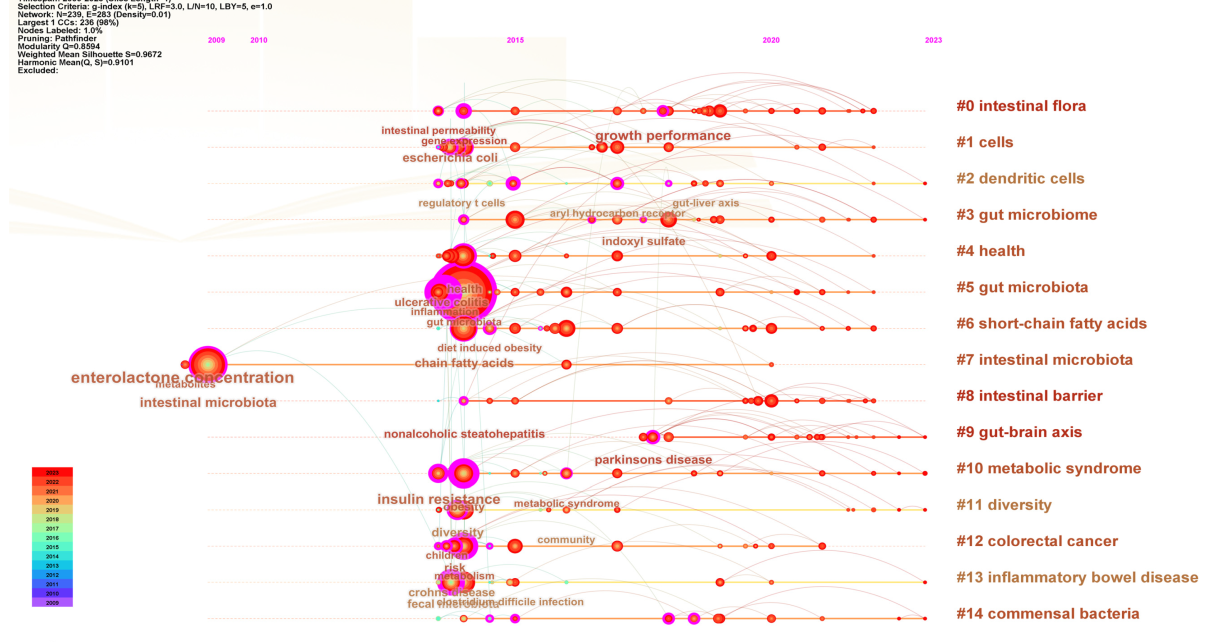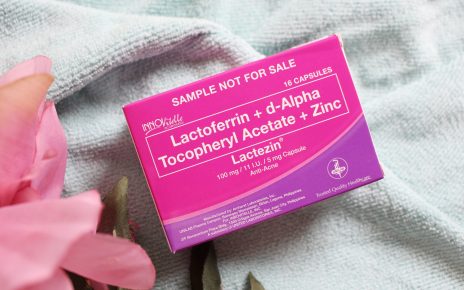Think of your gut microbiome as a vast, teeming metropolis. Trillions of tiny residents—bacteria, fungi, viruses—all living in a delicate, bustling neighborhood inside you. When this inner city is thriving, with a good balance of “good” and “bad” citizens, everything runs smoothly. Your digestion, your mood, your immune system… it’s all connected to the health of this microbial world.
But what happens when this ecosystem gets out of whack? When the balance tips? Well, that’s where the story of chronic conditions often begins. And honestly, it’s a story we’re just now learning to read. Let’s dive into how we can actually intervene and help rebalance this inner world to manage long-term health issues.
The Gut-Chronic Disease Connection: It’s Not Just in Your Head
For decades, we treated chronic diseases like isolated problems. A skin issue? Slap on a cream. An autoimmune condition? Suppress the immune system. But we were missing the bigger picture. A huge part of that picture is the gut. It’s not just a food processing tube; it’s a command center.
Your gut microbiome talks to your brain via the vagus nerve. It directly influences your immune system, which, you know, has its headquarters right in the gut wall. An imbalanced microbiome, a state called dysbiosis, can lead to a “leaky gut.” This is where the intestinal barrier becomes permeable, letting undigested food particles and toxins sneak into the bloodstream. The immune system goes on high alert, and chronic, body-wide inflammation sets in.
This inflammation is now recognized as a root driver of so many conditions we struggle with today.
Chronic Conditions Linked to Gut Health
The list is long and, frankly, surprising to many. It goes far beyond bloating and indigestion.
- Inflammatory Bowel Disease (IBD): Crohn’s and Ulcerative Colitis are the most direct examples, where the gut’s own immune system is in a state of constant attack.
- Metabolic Syndrome & Type 2 Diabetes: The wrong gut bugs can affect how we extract energy from food and how our bodies respond to insulin.
- Autoimmune Conditions: From rheumatoid arthritis to Hashimoto’s thyroiditis. The immune confusion often starts with what’s passing through the gut lining.
- Mental Health: Anxiety and depression. The gut produces about 90% of your body’s serotonin, the “feel-good” neurotransmitter. It’s no wonder they call the gut the “second brain.”
- Skin Conditions: Eczema, psoriasis, and acne. The gut-skin axis is a real thing—what happens inside truly shows up on the outside.
Interventions: Reseeding and Rebalancing Your Inner Garden
So, how do we fix a broken neighborhood? You can’t just evict all the bad guys. The goal is to encourage a diverse, resilient community that can manage itself. Here are the primary ways science is looking at microbiome-based interventions.
1. Probiotics: The Targeted Reinforcements
Probiotics are live beneficial bacteria you ingest, like sending in a specialized task force. Sure, you can get them from yogurt, but for therapeutic purposes, we’re talking about specific, high-quality strains.
For instance, the strain Lactobacillus rhamnosus GG has been studied for helping with antibiotic-associated diarrhea, while certain Bifidobacterium strains show promise for easing IBS symptoms. The key here is specificity. It’s not a one-size-fits-all solution.
2. Prebiotics: The Fertilizer for Your Good Bugs
You can send in all the good bacteria you want, but if they don’t have anything to eat, they won’t stick around. That’s where prebiotics come in. These are specialized plant fibers that act like fertilizer for your beneficial microbes.
Foods rich in prebiotics include:
- Garlic, onions, and leeks
- Asparagus and artichokes
- Bananas (especially slightly green ones)
- Whole grains like oats and barley
3. Dietary Overhauls: The Long-Term Urban Plan
This is, without a doubt, the most powerful intervention. You are what your bacteria eat. A diet high in processed foods, sugar, and unhealthy fats is like feeding the rowdy, destructive members of your gut city. A diverse, plant-rich diet does the opposite.
The goal? Microbial diversity. Different bugs like different foods. Eating a wide variety of plants—we’re talking 30 different types of fruits, vegetables, legumes, nuts, and seeds a week—is one of the best things you can do. It’s like hosting a massive, diverse block party where everyone is welcome.
4. Fecal Microbiota Transplants (FMT): The Extreme Makeover
This one sounds, well, a bit out there. But it’s a real medical procedure, primarily used for treating recurrent C. diff infections. It involves transferring a carefully screened, healthy donor’s stool to a patient’s gut. The idea is to essentially reboot the entire system with a proven, healthy community.
Its use for other chronic conditions like IBD is still in research phases, but it shows just how powerful the entire microbial community is. It’s like replacing a corrupt city council with a brand new, fully functional government.
A Quick Glance at the Intervention Tools
| Intervention | What It Is | Best For (Examples) |
| Probiotics | Supplementing with specific live bacteria strains. | Antibiotic recovery, certain IBS symptoms. |
| Prebiotics | Feeding good bacteria with specific fibers. | Improving overall microbial diversity and health. |
| Dietary Change | Long-term shift to diverse, whole foods. | Foundation for all chronic condition management. |
| FMT | Transplanting a full, healthy microbial community. | Recurrent C. diff (other uses experimental). |
The Future is Personalized
Here’s the deal: the future of microbiome-based interventions isn’t about everyone taking the same probiotic pill. It’s about personalization. Imagine one day getting a map of your unique gut microbiome and receiving a tailored plan—specific foods, specific supplements—designed just for you to address your specific health concerns.
We’re not quite there yet, but that’s the direction. The science is moving from a one-size-fits-all approach to a truly n-of-1 model of medicine. It’s a shift from treating the symptom to nurturing the ecosystem where health—or disease—begins.
In the end, managing a chronic condition through the microbiome is a slow, deliberate process. It’s less like taking a pill and more like tending a garden. It requires patience, the right nutrients, and a commitment to pulling the weeds so the good stuff can grow. The power to influence your health is, quite literally, within you.




